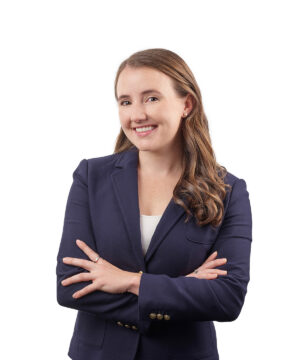Introduction
In Singh v Insurance Corporation of British Columbia, 2022 BCCA 320, the BC Court of Appeal reaffirmed the test for civil fraud in the insurance law context. Specifically, the court dismissed the defendants’ appeal, in which they argued that the trial judge improperly applied the test for civil fraud and reversed the burden of proof.
Background facts
In an action commenced by the Insurance Corporation of British Columbia (“ICBC”), the British Columbia Supreme Court found five defendants liable for fraud, conspiracy, and fraudulent misrepresentation. The BC Supreme Court held that the defendants staged three car collisions in the span of three months with the intent of being paid out by ICBC for damage to their vehicles and resultant personal injury claims. All three of the collisions were rear-end collisions with no independent witnesses. The evidence at trial showed that there were connections between the individuals involved in all three car crashes, including the passengers of the vehicles.
ICBC was awarded damages which represented the amounts it paid out to the defendants and related expenses.
Test for civil fraud applied by the trial judge
At trial, ICBC relied upon the case of Insurance Corporation of British Columbia v Husseinian, 2008 BCSC 241 (“Husseinian”) to establish civil fraud. In Husseinian, the judge held that in order to succeed in a claim for fraud, a plaintiff must show the following with respect of each defendant for those claims:
- the collision was staged;
- that the defendant knew or was willfully blind to the fact that they were going to be involved in a staged collision before it occurred;
- the defendant represented to ICBC that they were involved in an accident, i.e. an un-staged collision; and
- ICBC paid money as a result of that representation.
The trial judge accepted ICBC’s evidence on a balance of probabilities by finding that the collisions, as described by the defendants, were inherently improbable to have occurred and that the defendants lacked credibility when giving their explanations. In applying this four-part test from Husseinian, the trial judge held that the defendants had staged the collisions and were thus liable for fraudulent insurance claims.
Analysis
Three of the defendants appealed the BC Supreme Court decision on the basis that the trial judge erred by failing to apply the proper legal test and that she reversed the burden of proof for civil fraud. The appellants argued that the trial judge’s application of the test to establish civil fraud was incorrect because she rejected the defendants’ evidence and failed to capture the requirement that ICBC prove that the appellants knew that they made a false representation, either through actual knowledge or recklessness. The appellants further argued that the trial judge failed to consider the appellants’ state of mind.
The appellants submitted that the trial judge ought to have applied Bruno Appliance and Furniture, Inc. v Hryniak, 2014 SCC 8 (“Bruno Appliance”). In Bruno Appliance, the court stated that there must be proof of fraud, which is established when a false representation has been made (1) knowingly, (2) without belief in its truth, or (3) recklessly, careless whether it be true or false. Despite the appellants’ arguments, the court held that the test set out in Bruno Appliance was not in any way inconsistent with the test from Husseinian.
Ultimately, the Court of Appeal held that the trial judge made no error in their application of the requisite test. The trial judge not only properly instructed herself, but she also made findings of fact that were consistent with liability on the basis of these legal principles. The Court of Appeal rejected the appellants’ argument that the trial judge reversed the burden of proof by rejecting their evidence. They held that the trial judge had good reason to do so given the defendants’ lack of credibility and the inherent improbability that the accidents occurred as the defendants claimed. The Court of Appeal held that rejecting evidence did not amount to reversing the burden of proof.
Takeaway
To succeed in establishing civil fraud in the insurance context as it pertains to motor vehicle collisions, the plaintiff must show that the accident or collision in question was staged and that the defendant either knew or was willfully blind to the fact that they were involved in the staged accident before it occurred. Further, it must be established that the defendant represented to the plaintiff they were involved in a legitimate accident, and that the plaintiff paid money as a result of this false representation.
Therefore, when assessing the facts and evidence, a judge is perfectly entitled to weigh the evidence from all parties, and reject evidence when issues with credibility arise in an effort to determine whether civil fraud is present. As the Court of Appeal held in this case, this rejection of evidence is not tantamount to reversing the civil fraud burden of proof on to the defendant.
If you have any questions, feel free to reach out to a member of Miller Thomson’s Insurance Defence group.

